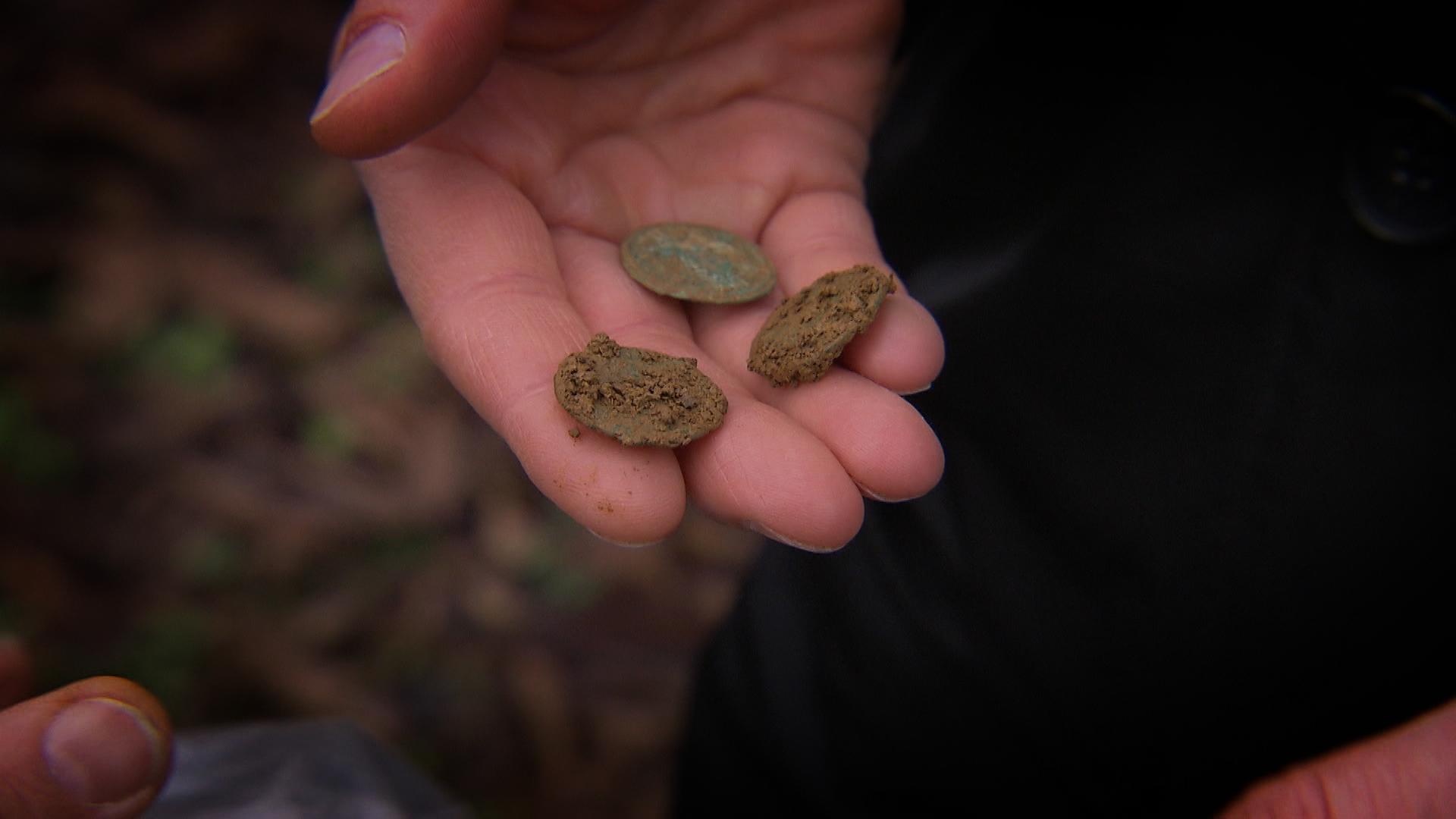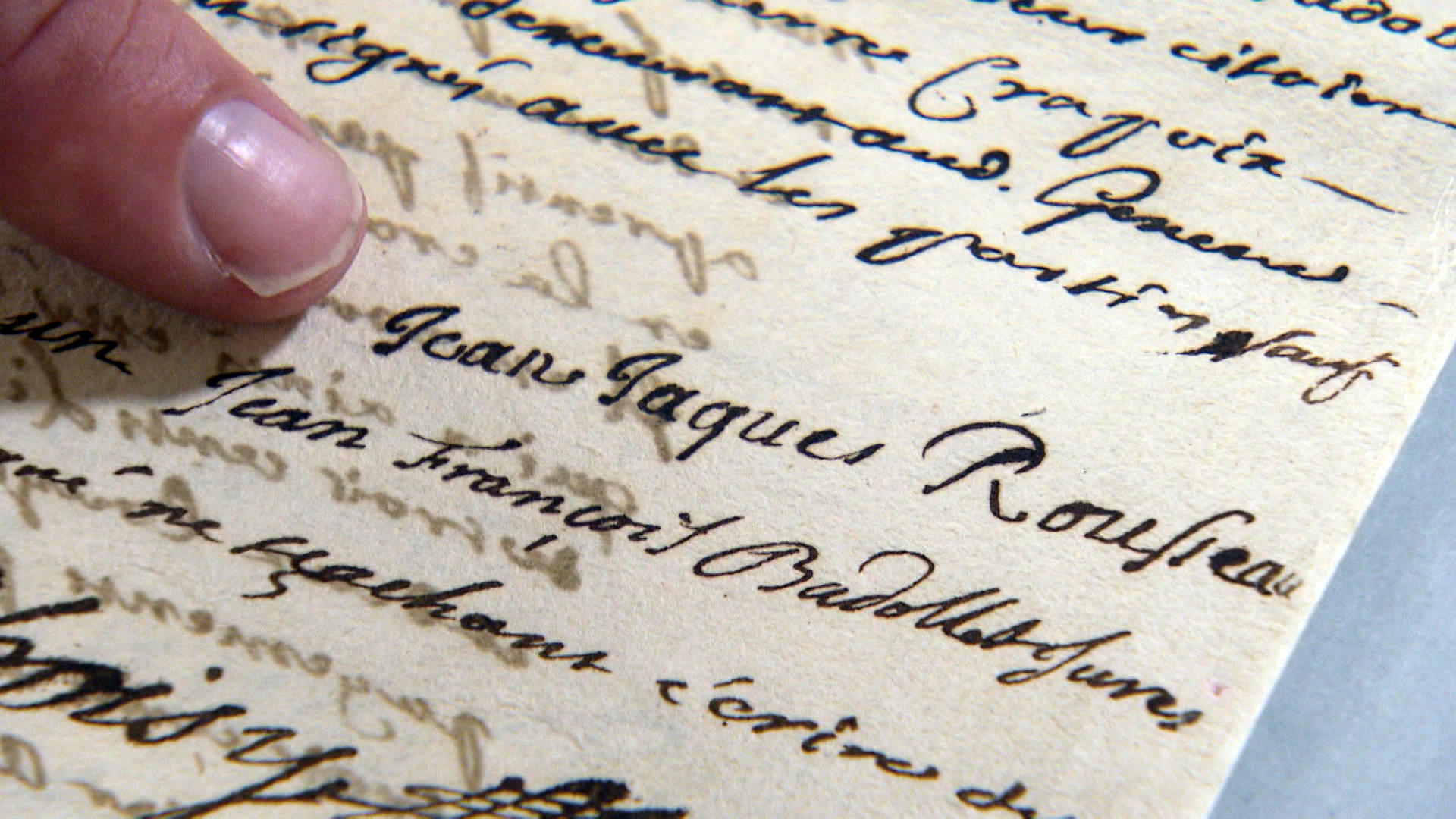Rare religious treasures go on show in Lucerne
On its 1,250th anniversary, the Court Church of St. Leodegar in Lucerne is opening up its treasure trove to the public. (SRF, swissinfo.ch)
The existing Roman Catholic Church building was built between 1633 and 1639, though it was originally part of a larger monastery. In 1933, a treasure chamber, to contain all the valuables that had been collected through the centuries, was added. Until recently, it had never been open to the public.
Guided tours to enable a closer look at the rare items began at Easter and will continue until at least November.
The exhibition is curated by Urs-Beat Frei, an expert in ecclesiastical cultural assets. The church’s collection boasts a number of items including a precious silver book cover and a gold-plated lecture cross dating back to the 12th century. Both were donations from the prophet Ulrich von Eschenbach, who also played an important role in the history of the city of Lucerne.
The history of the collegiate monastery began in the 8th century, with the foundation of a small monastery that then adopted the Benedictine rule in the 9th century. In 1456, the monks of that time applied to the Bishop of Constance to transform the monastery into a secular canon monastery: a wish that Pope Callixtus III granted.





You can find an overview of ongoing debates with our journalists here. Please join us!
If you want to start a conversation about a topic raised in this article or want to report factual errors, email us at english@swissinfo.ch.